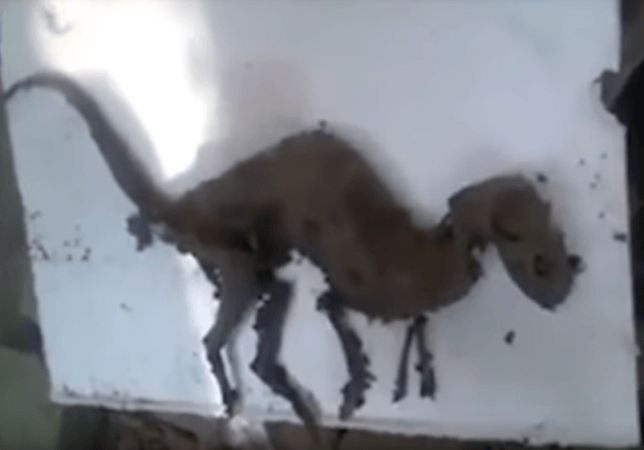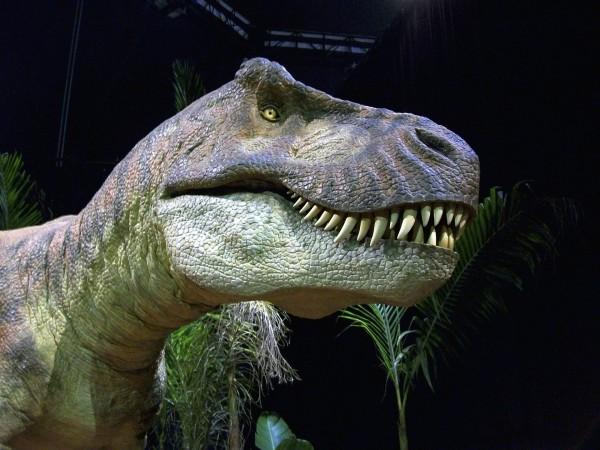
Shortly after scientists revealed that dinosaur blood was found inside a piece of amber fossil that is almost a hundred million years old, another intriguing finding comes to light that has left experts baffled.
A mysterious creature resembling a dinosaur with flesh still clinging on to its bones has been found in Jaspar, a small city in Uttarakhand, India. The corpse of the animal was discovered by an electrician cleaning out a sub-station that was left untouched for 35 years.
Also read: Jurassic Park to turn into reality? Study finds ticks in amber that fed on DINOSAUR BLOOD!
While the creature has been sent for analysis – especially via carbon dating to reveal its age, videos have surfaced the internet where one can see what the fuss is all about.
Experts have given their opinion on the finding claiming that despite the creature's form resembling that of a dinosaur, it is impossible for it to have still remained in such conditions considering flightless dinosaurs have been extinct for 65 million years.
Dr Parag Madhukar Dhakate, a Conservator with the Indian Forest Service, believes that the creature will continue to be a baffling mystery – an enigma of sorts, until a scientific analysis has been completed to reveal its species.
He said: "It looks like a dinosaur, but we can't say anything until all the tests are done."
Aaryan Kumar, who is pursuing a PhD in Paleontology from Delhi University, spoke to local media, stressing on how it was practically impossible for a dinosaur skeleton to have preserved in such condition after all these years.

"Non-avian dinosaurs have been extinct for the past 65 million years but it does resemble theropods, a suborder of dinosaurs which included bipedal carnivores," he claims.
"But a dinosaur skeleton could not have been found in such a well-preserved condition after millions of years without it being in a fossilized state."
"The only even slightly possible way is it was chemically preserved to store it in a museum. But if that was the case, how did it end up here?"

The Deinonychus, the Coelophysis and the Dromaeosaurus are among the dinosaur species that resemble this currently discovered 28cm-long creature. All being sub-types of theropods, these range in size from the scary T-rex to the tiny Anchiornis.
The specimen has now been reportedly sent to Dr Bahadur Kotlia, a palaeontologist at Kumaun University, for historical analysis. While the possibility of it being a genetically distorted animal foetus from within the goat family was also considered, as of now, it continues to be a mystery.

















